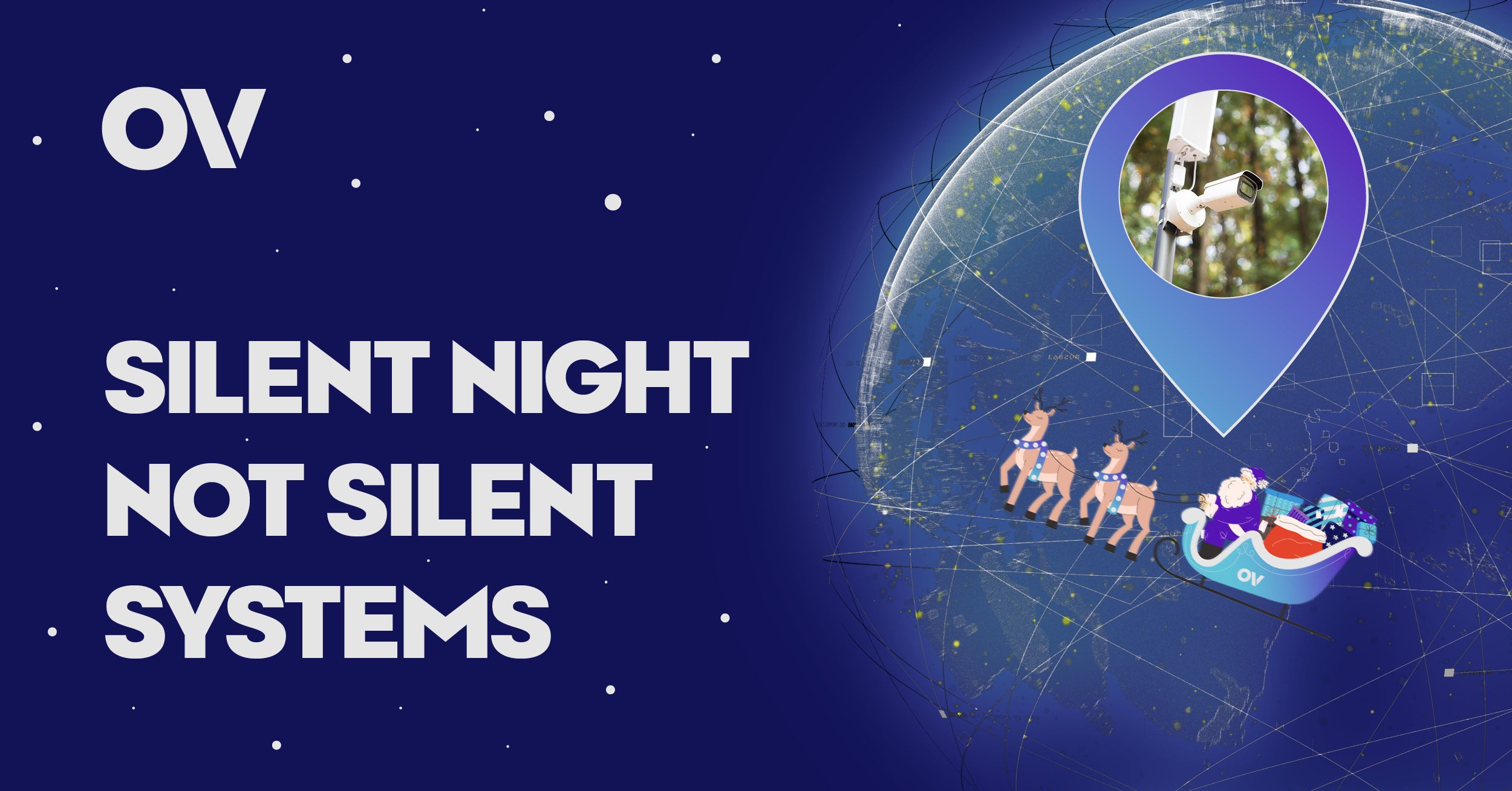Originally published
July 17, 2025
Last Updated
July 28, 2025
As we approach the next leap in mobile connectivity, GSMA’s SGP.32 eSIM standard is emerging as a cornerstone for scaling both 5G IoT and future 6G networks. Designed to simplify and automate eSIM provisioning, SGP.32 ensures seamless integration with evolving cellular technologies and the expanding Internet of Things.
What is SGP.32?
SGP.32 is the latest eSIM specification from the GSMA, focused specifically on IoT applications. Unlike earlier eSIM standards such as SGP.02 (for M2M) or SGP.22 (for consumer devices), SGP.32 introduces two new components:
- IoT Profile Assistant - a minimal client (embedded in the device or SIM) enabling remote profile control with very low power and bandwidth demands.
- eSIM IoT Manager - a cloud-based service responsible for managing eSIM profiles remotely, including downloads, deletions, and activations.
Together, these allow mobile operators and enterprises to push eSIM profiles remotely to devices with minimal or no human interaction. This ‘zero-touch’ provisioning is especially valuable for large-scale, low-power IoT deployments.
Why SGP.32 Matters for 5G IoT
SGP.32 was designed with 5G in mind. These include smart meters, asset trackers, remote sensors, and other embedded systems that are often deployed in difficult-to-reach areas and cannot rely on traditional SIM management.
The standard supports:
- Low-bandwidth networks - such as NB-IoT and LTE-M, commonly used for long-life IoT devices.
- Efficient battery usage - critical for devices that need to last years without intervention.
- Remote provisioning - reducing operational costs and removing the need for local SIM swaps.
- Scalability - allowing deployment of thousands or even millions of devices globally, with unified management.
By removing the friction traditionally associated with SIM provisioning, SGP.32 makes 5G IoT much more feasible at scale.
SGP.32’s Role in the 6G Roadmap
Though still in early development stages, 6G networks are being designed with key priorities such as AI-native management, ultra-low latency, energy efficiency, and massive connectivity. SGP.32 aligns with many of these goals, making it a foundational building block for the 6G era.
Key contributions include:
- AI-driven orchestration: SGP.32 enables dynamic, policy-based switching of profiles that aligns with intelligent network management.
- Trust and security: It includes secure provisioning mechanisms that meet regulatory and enterprise-grade requirements.
- Sustainability: By reducing power and data overhead, SGP.32 supports greener, more energy-conscious device lifecycles.
In many ways, SGP.32 is both a practical solution for today’s connectivity needs and a stepping stone towards the hyper-connected, autonomous world that 6G envisions.
Adoption and Industry Readiness
While the technical framework is well-defined, adoption of SGP.32 across the ecosystem is still underway and there are some challenges including:
- Infrastructure readiness: Operators and platform vendors need to implement the eSIM and support new profile types.
- Device compatibility: Manufacturers must ensure their modules and firmware support the IPA client.
- Certification and testing: Interoperability testing is crucial to avoid fragmentation and ensure smooth global deployments.
Despite these challenges, pilot programmes are already in progress, with commercial rollouts expected to begin gaining traction by late 2025. Industry players including chipset manufacturers, module vendors, and operators are working towards full ecosystem alignment.
What UK IoT Stakeholders Should Do
For UK-based enterprises and service providers exploring large-scale IoT or preparing for 6G, the following steps are key:
1. Evaluate your hardware roadmap – Ensure your IoT modules support SGP.32-compatible eUICCs.
2. Engage with vendors - Work with SIM providers and MNOs already investing in SGP.32-compliant platforms (like OV!)
3. Plan for long-term scalability – Design systems that can evolve from current 5G needs to future 6G capabilities.
SGP.32 represents a major shift in how we manage connectivity across billions of IoT devices. With its lightweight architecture, cloud-native orchestration, and future-facing design, it is uniquely positioned to serve as the backbone of both the 5G IoT boom and the forthcoming 6G revolution.
For organisations looking to future-proof their connectivity infrastructure, adopting SGP.32 is not just an option, it will soon become a necessity. Speak to OV today to get started!
READ MORE
DISCOVER MORE NEWS AND DEVELOPMENTS IN IOT & GLOBAL CONNECTIVITY





